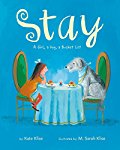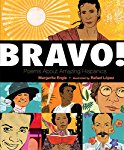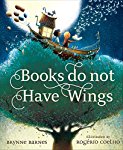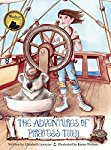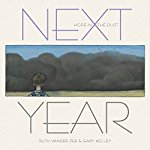What feels like a long time ago I worked for environmental organizations, and environmental causes were dear to my heart. They still are, though these days I find different ways to make a difference where I can. One of the things I do is to seek out books for young people that help them understand that they can do something about the environmental problems that we face. Today's book is just such a title. The message is subtle, but powerful at the same time. It is a book readers of all ages will enjoy.
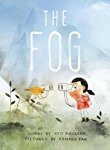 The Fog
The Fog
 The Fog
The Fog
Kyo Maclear
Illustrated by Kenard Pak
Picture Book
For ages 5 to 7
Tundra Books, 2017, 978-1-77049-492-3
Far to the north there is an island covered in ice, and
its beauty is so remarkable that people from all over the world come to visit
it. There is a bird, a little yellow warbler, who lives on the island. Unlike
the other birds Warble is very interested in the humans who come and go. In
fact, he is a “devoted human watcher” and keeps careful records of all the
human types he sees.
Then one day a
warm fog rolls in and by evening the fog is so thick that no one can really see
anything. Warble waits and waits for the fog to lift. He talks to the other
birds about the problem, but none of them, except the ducks, seem to care. In
fact, many of the birds forget that there was a time when the island wasn’t
wrapped in fog all day long.
Warble does not
forget about the pre-fog days, and he also notices that the ice on the island
is melting. Something is really wrong. Feeling alarmed, Warble does his best to
talk to the other birds about his concerns. However, none of them want to
listen to him and the fog spreads further.
Then one day
Warble sees a small human, a “red-hooded spectacled female (juvenile)” to be
exact. Warble and the human meet and then they discover something remarkable;
they can understand one another. Perhaps together they can figure out what to
do about the fog.
All too often,
when something is wrong, people try to ignore it, or pretend that it isn’t
there. Solving a problem takes work and effort and they can’t be bothered. This
book is a tribute to all those wonderful people (and birds) who are bothered,
and who understand that it is important to see, and confront, the problems that
face us all.
With its subtle
environmental message and its charming characters, this picture book will charm
adults and children alike.

